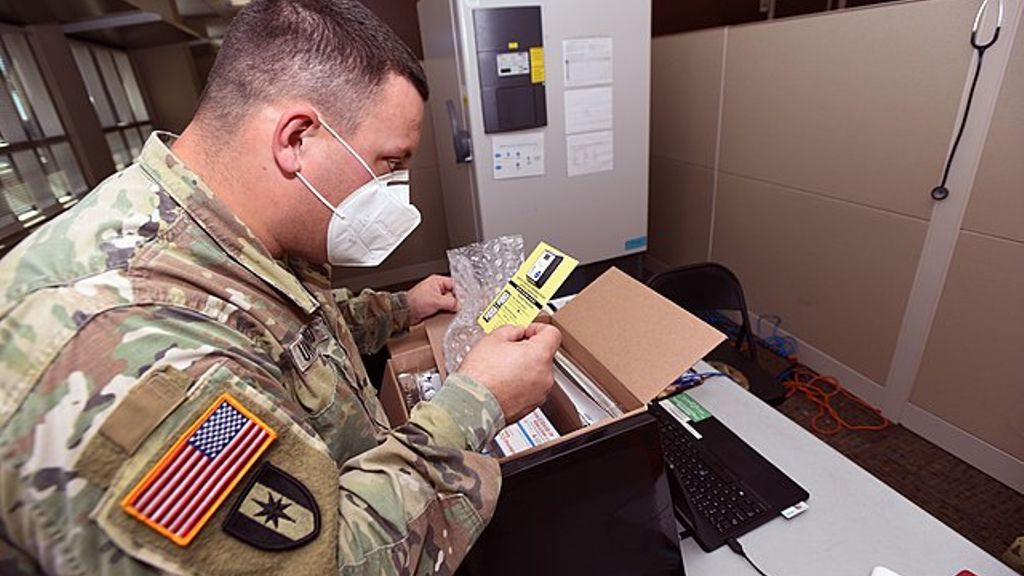A service member who earlier this year blew the whistle and disclosed data from a Pentagon medical database showing a spike in the rate of myocarditis in the military in 2021, after the rollout of COVID-19 vaccines, is going public.
The whistleblower is active-duty Navy Medical Service Corps officer Lt. Ted Macie. He has also revealed new data showing a substantial rise in accidents, assaults, self-harm, and suicide attempts in the military in 2021, compared to the average from 2016 to 2021.
This includes a 147 percent increase in intentional self-harm incidents among service members, and an 828 percent increase in injuries from assaults.
Lt. Macie told The Epoch Times that he began “keeping an eye on” a defense medical database when another whistleblower alerted him to a rise in health-related incidents in the winter of 2021/2022.
The Defense Medical Epidemiology Database (DMED) is a depository of all diagnoses—recorded using International Classification of Diseases (ICD) codes—when an active service member is seen on- or off-base by a military or civilian provider. The database does not include any personally identifiable information of service members.
In January, Lt. Macie and his wife traveled to Washington with a report of the data he collected from DMED.
It showed that diagnoses of myocarditis, a form of heart inflammation, jumped 130.5 percent in 2021 when compared to the average from the years 2016 to 2020. Myocarditis is a serious condition that can lead to death.
All four of the COVID-19 vaccines authorized in the United States can cause myocarditis, according to U.S. officials. COVID-19 can also cause myocarditis, though some experts say the data on that front is weaker.
U.S. Defense Secretary Lloyd Austin mandated the vaccines in 2021, a requirement that remained in place until Congress forced its withdrawal in late 2022.
The data also showed spikes in diagnoses of pulmonary embolism (41.2 percent), blood clots in the lungs, ovarian dysfunction (38.2 percent), and “complications and ill-defined descriptions of heart disease” (37.7 percent).
By J.M. Phelps









